FOR AGES 7 YEARS TO 11 YEARS
Do you know your Romulus from your Remus?
Your Jupiter from your Pluto? Well, we've got you covered!
The Romans were a group of people who originally came from the city of Rome, the capital city of the Italy we know and love today. Legend has it that the city of Rome was founded by the twins Romulus and Remus, and it was from this very city that the renowned Roman Empire grew from. Expanding as far as the North of Africa to parts of Western Asia, the Romans held vast influence and power over many people of different races and cultures.
Read on to find out more about the Romans and one of their most influential pieces of architecture - the Bath House!
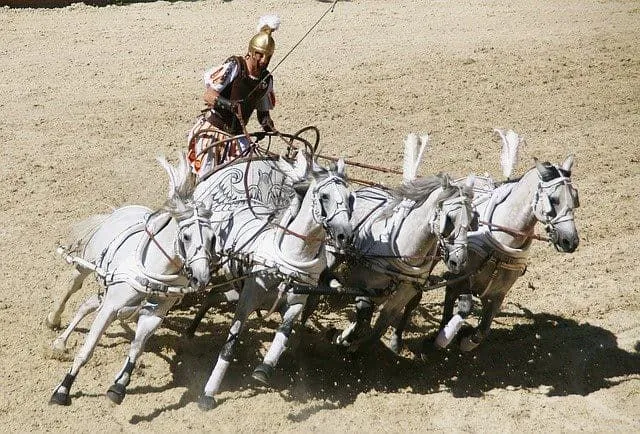
As part of their KS2 history curriculum, children will be taught more about local and global histories to help give them a greater awareness and overview of how Britain's past is connected to the wider world over time. One element of this is learning all about the Roman Empire, and the impact that it had on Britain from the series of invasions the Roman Army made to the establishment of Roman influences and culture in Britain. One particular example of this are the Roman Baths, which were built throughout the Roman Empire and Britain itself.
Did You Know? We can still find traces of Roman life and influences to this very day in the form of archaeological evidence such as coins, pottery and even the remains of buildings such as the Roman Baths in Bath!
The Roman Bath House was a complex with a large body of fresh water, similar to a swimming pool, that was used communally. Cities tended to have their very own public bath house and were accessible to anyone who could pay a small fee to enter. In some instances, bath houses were even free, depending on whether someone of high rank was happy and able to cover the costs for others to be able to use the facilities.
As we already know, cities tended to each have their own public bath which was a very important feature in the lives of the Romans who would use them frequently in order to get clean during the hustle and bustle of city life. Roman Bath Houses were not only built in Rome itself, but were built across its vast Empire including one in Bath, Somerset pictured below.
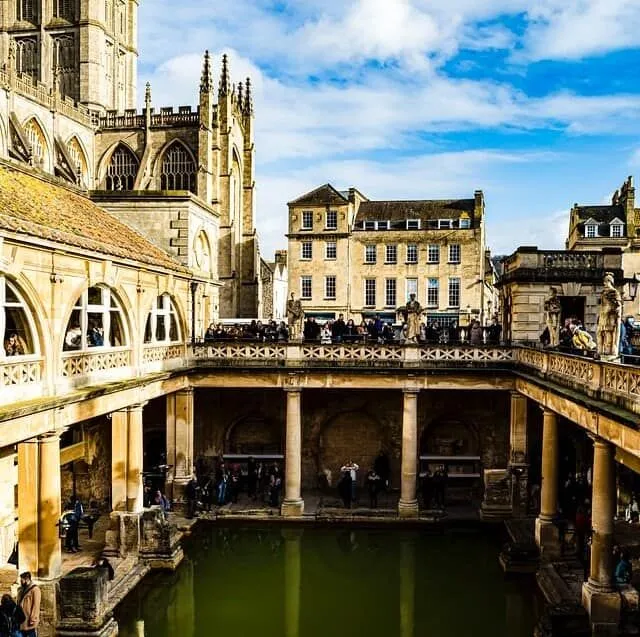
Though primarily used for bathing, the baths were also used as a space where people could meet their friends, entertain themselves, feast, relax and even hold meetings and discussions about different aspects of Roman life - a hub for socialising!
When using the Roman public baths, people would usually do various physical activities, or, after a hard day's work, come to clean themselves. Firstly, they would cover themselves with oil which they would then scrape off along with any dirt and sweat using an instrument called a strigil (a curved metal blade, typically with a handle for ease of use). Then, they would bathe in the various baths and pools within the complex and relax.
A typical Roman bath had different rooms, each with their own specific function and access to the same fresh water supply. These rooms were called:
Palaestra: This is where people could go and do exercises such as weightlifting before having a bath.
Apodyterium: This is the place where people who visited the baths could change their clothes before using the main bath house facilities.
Caldarium: This room was usually the hottest (imagine the ancient equivalent of a steam room and a jacuzzi all in one).
Tepidarium: This room was usually warm and featured a pool full of tepid water. The tepidarium is where visitors would go to rub oil (with the help of their slaves if they owned any) and scrape it off using a strigil.
Frigidarium: This was the room with the coolest temperatures. The frigidarium usually featured a bathing pool full of cold, fresh water where bathers could dip in and refresh themselves in order to get clean.
You may have also found other facilities depending on how and where the baths were built such as toilets, libraries, gardens and even massage rooms for treatments!
In order to supply their bath houses and cities more in general with fresh water, the Romans used giant structures made out of materials such as stone and bricks called aqueducts to transport water from springs and streams to the very centres of Roman life. Some of these are still visible even today, however, a lot of the systems remain unearthed, underground.
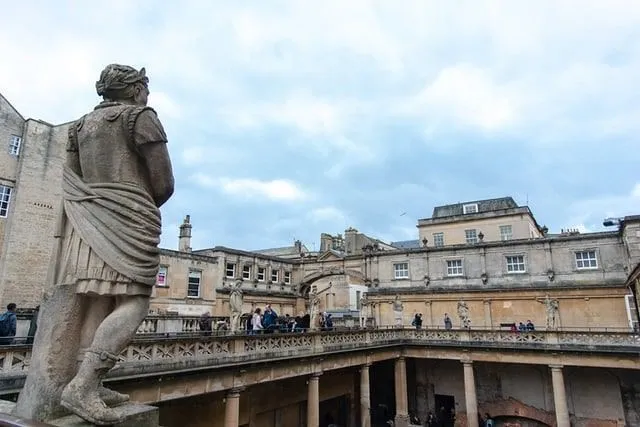
As we now know, the Roman Baths had a variety of rooms, each with their own supply of fresh water at different temperatures ranging from very cold to extremely hot.
So how exactly did the Romans heat the water at different temperatures from warm to hot?
The Romans created an underfloor heating system called a hypocaust which heated the water using fire. It would be transported throughout the complex using pipes, which means heat could be directed away from a room to ensure the temperature was cool enough for a cold bath in the Frigidarium or hot enough for a warm or hot bath in a room like the Tepidarium and Caldarium!
Here are some fun facts about the Roman Baths:
Those who could afford it were able to have their own private bath house for bathing, usually noblemen and royalty.
There are different names for baths, which scholars debate about (thermae or balnea), terms indicating 'hot' temperatures.
Danish Archaeologist Inge Nielsen has proposed the theory that the first Roman baths were built following a rise in popular private bathing areas. As Romans were crazy about cleanliness, they started to then build public baths!
Read The Disclaimer
At Kidadl we pride ourselves on offering families original ideas to make the most of time spent together at home or out and about, wherever you are in the world. We strive to recommend the very best things that are suggested by our community and are things we would do ourselves - our aim is to be the trusted friend to parents.
We try our very best, but cannot guarantee perfection. We will always aim to give you accurate information at the date of publication - however, information does change, so it’s important you do your own research, double-check and make the decision that is right for your family.
Kidadl provides inspiration to entertain and educate your children. We recognise that not all activities and ideas are appropriate and suitable for all children and families or in all circumstances. Our recommended activities are based on age but these are a guide. We recommend that these ideas are used as inspiration, that ideas are undertaken with appropriate adult supervision, and that each adult uses their own discretion and knowledge of their children to consider the safety and suitability.
Kidadl cannot accept liability for the execution of these ideas, and parental supervision is advised at all times, as safety is paramount. Anyone using the information provided by Kidadl does so at their own risk and we can not accept liability if things go wrong.
Kidadl is independent and to make our service free to you the reader we are supported by advertising.
We hope you love our recommendations for products and services! What we suggest is selected independently by the Kidadl team. If you purchase using the buy now button we may earn a small commission. This does not influence our choices. Please note: prices are correct and items are available at the time the article was published.
Kidadl has a number of affiliate partners that we work with including Amazon. Please note that Kidadl is a participant in the Amazon Services LLC Associates Program, an affiliate advertising program designed to provide a means for sites to earn advertising fees by advertising and linking to amazon.
We also link to other websites, but are not responsible for their content.
Was this article helpful?
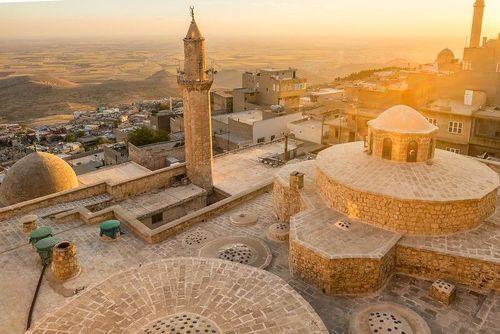

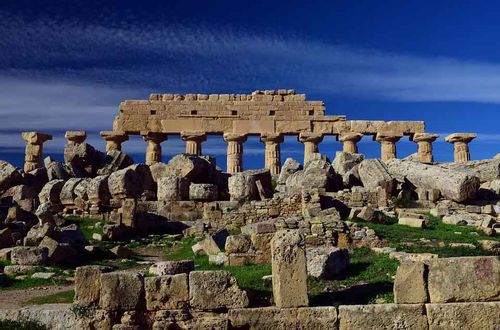
Browse Category

We’ll send you tons of inspiration to help you find a hidden gem in your local area or plan a big day out.



Check your inbox for your latest news from us. You have subscribed to:
Remember that you can always manage your preferences or unsubscribe through the link at the foot of each newsletter.